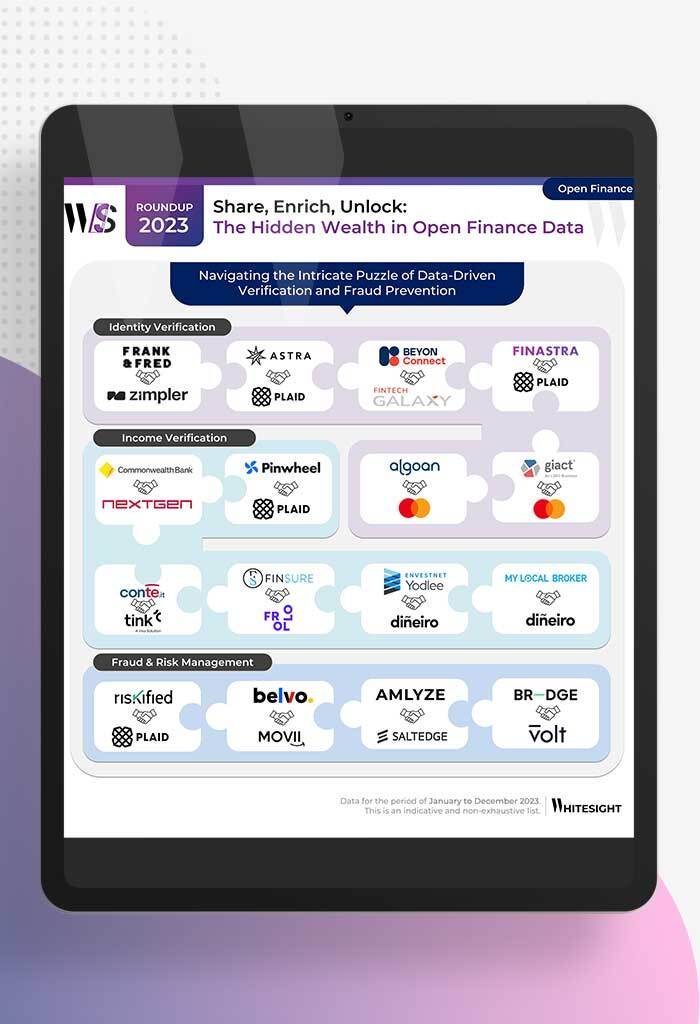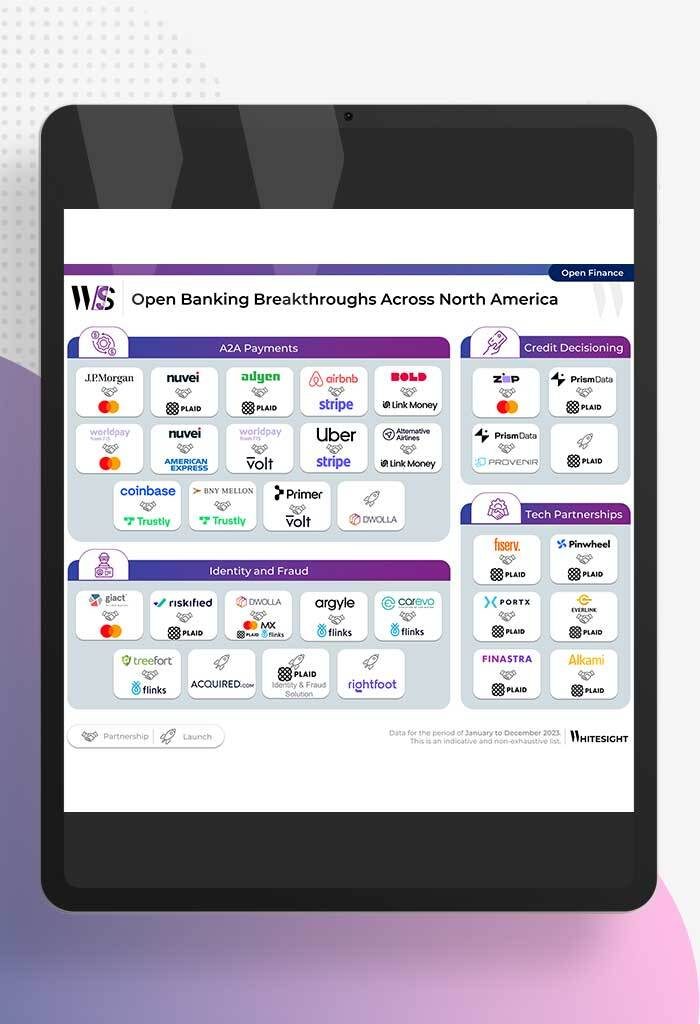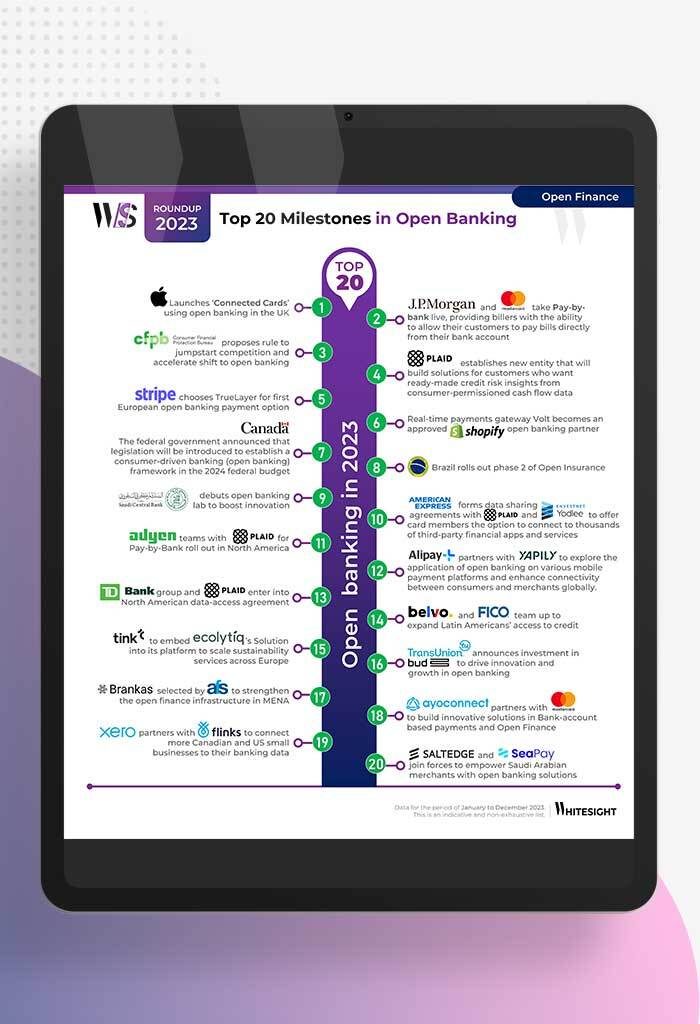Trusting The Trustless: 2022 Crypto Shutdown & Hacks
- Sanjeev Kumar and Anjali Singh
- 3 mins read
- Digital Assets, Insights
Table of Contents
2021 was a year where the sun shined brightly upon crypto investors. By November 2021, Bitcoin had reached an all-time high of $69,000, breezing through with a market cap of $3T. Few could have imagined what was in store for Crypto and DeFi in 2022.It was not long before things turned from bolt to blue, with the crypto market plummeting below , $2T in January 2022 following interest rate revisions by the Federal Reserve. It was only an unfortunate downward spiral thereupon. Currently, the crypto ecosystem is tied up by a string of hacks and swindlers – causing investors to second-guess its “trustless” foundation.Market experts call this period of market-freezing conditions ㅡ “crypto winter”, and in this post, we’ll explore what caused the polar vortex in the crypto ecosystem.How Did The Crypto Winter Set In? Cryptocurrency prices are prone to wild volatility. It has always been a market that’s hot today, cool tomorrow. The year’s crypto ecosystem collapse has largely been caused by the failure of crypto “banks”, crypto exchanges, and crypto hedge funds.Exhibit 1 shows how crypto companies ultimately went from high-flyers to skydivers in 2022.The world of crypto went into a tailspin when TerraUSD and its sister coin […]
This post is only available to members.
Already a subscriber? Log in to Access
Unlock this blog
Gain exclusive access to this blog alone.
Radar Subscription
Select a membership plan that resonates with your
goals and aspirations.
Not Ready to Subscribe?
Experience a taste of our expert research with a complimentary guest account.
We publish new research regularly. Subscribe to stay updated.
No spam.
Only the best in class fintech analysis.
Related Posts
- Kshitija Kaur and Sanjeev Kumar
From Data Streams to Enriched Data Fountains Remember the early days of plumbing? Water flowed freely, but its quality was...
- Samridhi Singh and Sanjeev Kumar
North America’s Open Sesame: Use Cases Bloom Open banking has garnered significant attention in recent years, and at Whitesight, we’ve...
- Samridhi Singh and Sanjeev Kumar
Profitability Unlocked: Licences, Service, and Survival The rise of digital banks has sparked a paradigm shift in how we perceive...
- Sanjeev Kumar and Risav Chakraborty
High stakes in the gambling sector The online gambling industry is booming, with a projected market size of $107.3B by...
- Sanjeev Kumar and Risav Chakraborty
Open Banking-led Transformation of Traditional Lending In 2023, a wave of innovation swept through the lending industry, thanks to several...
- Sanjeev Kumar
Unmasking Open Banking’s Game Changers in 2023 2023 has been a pivotal year in the world of open banking, marked...






